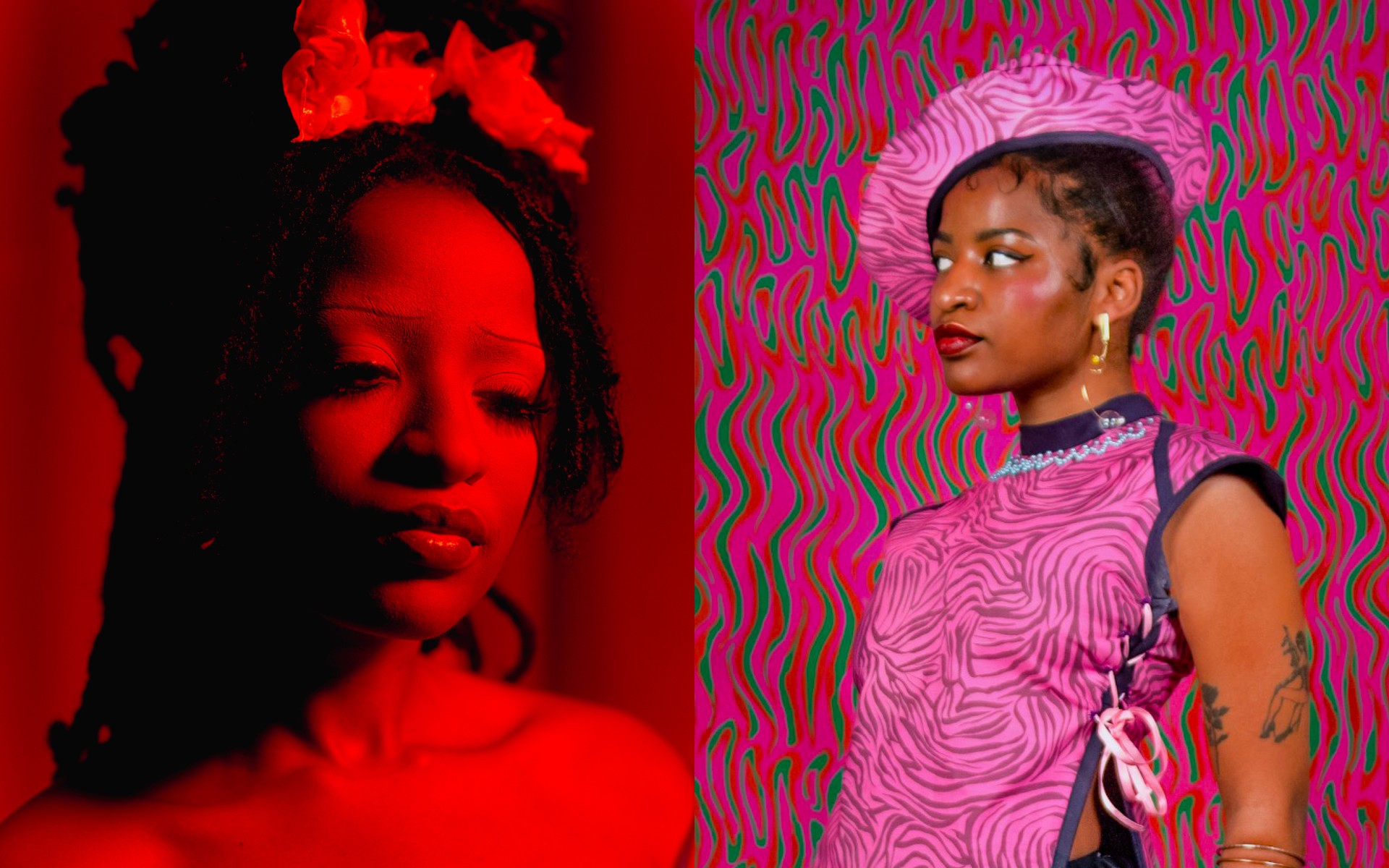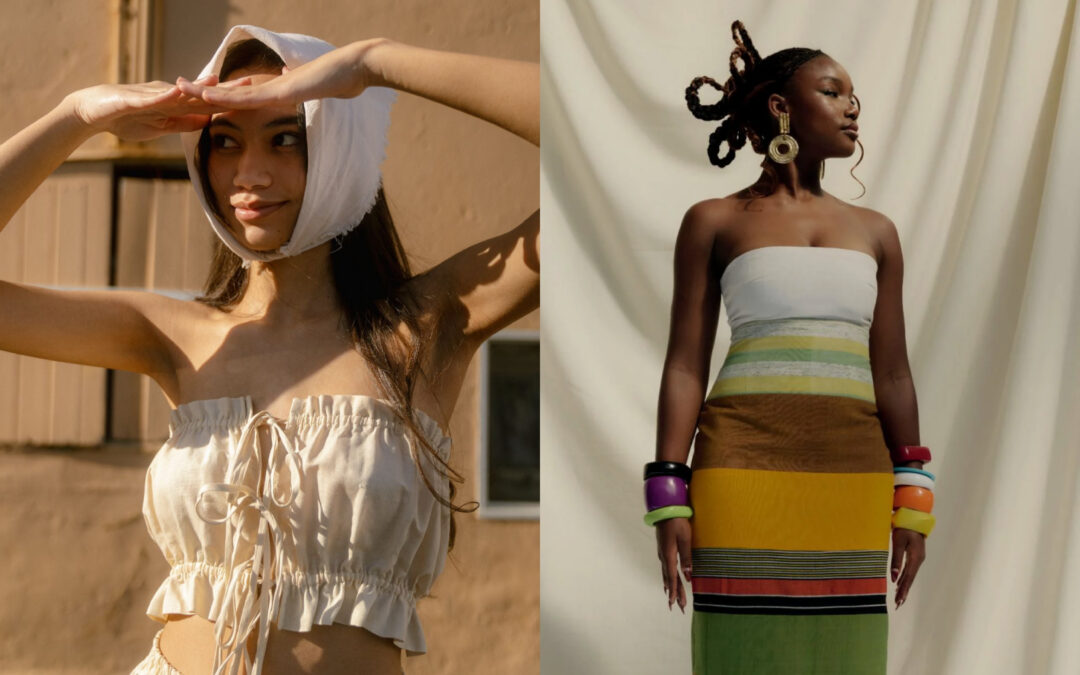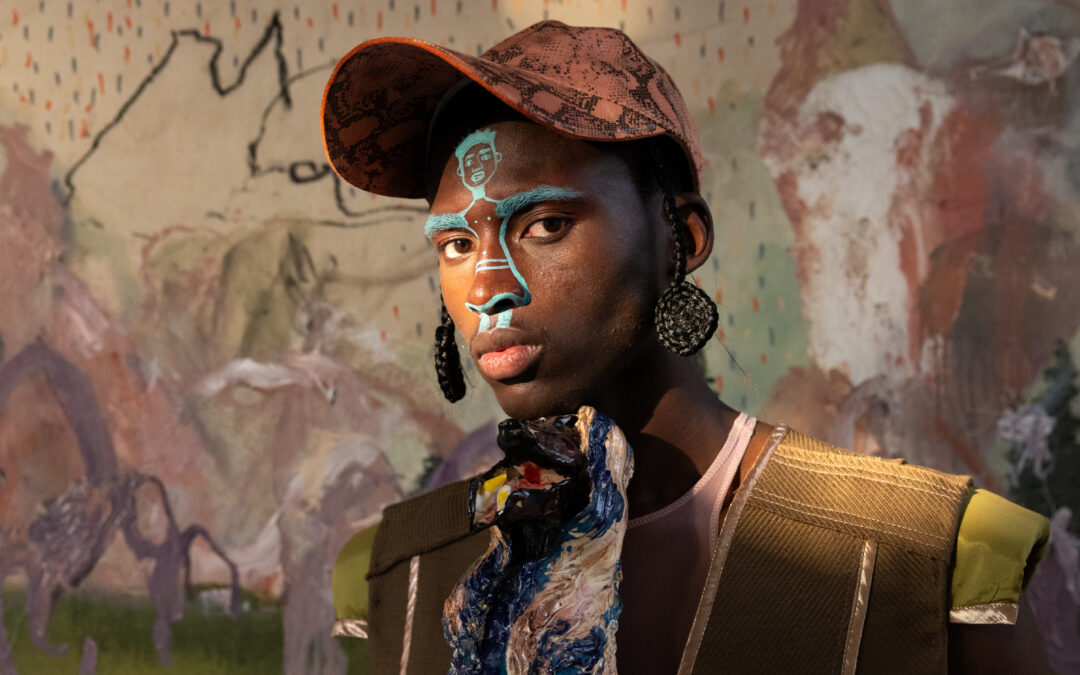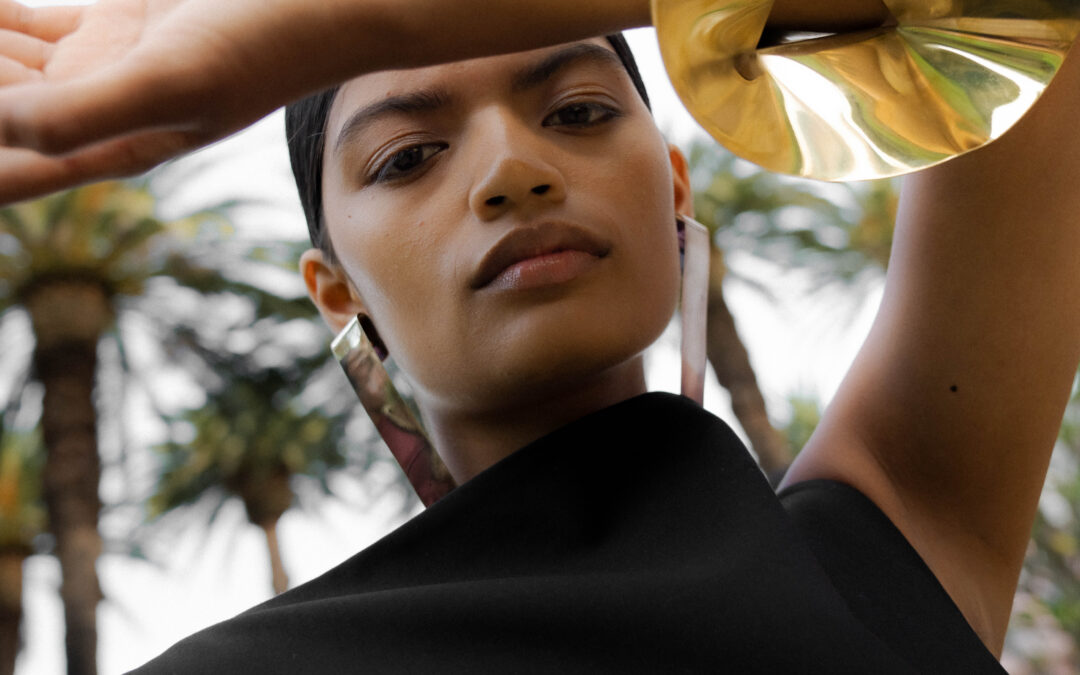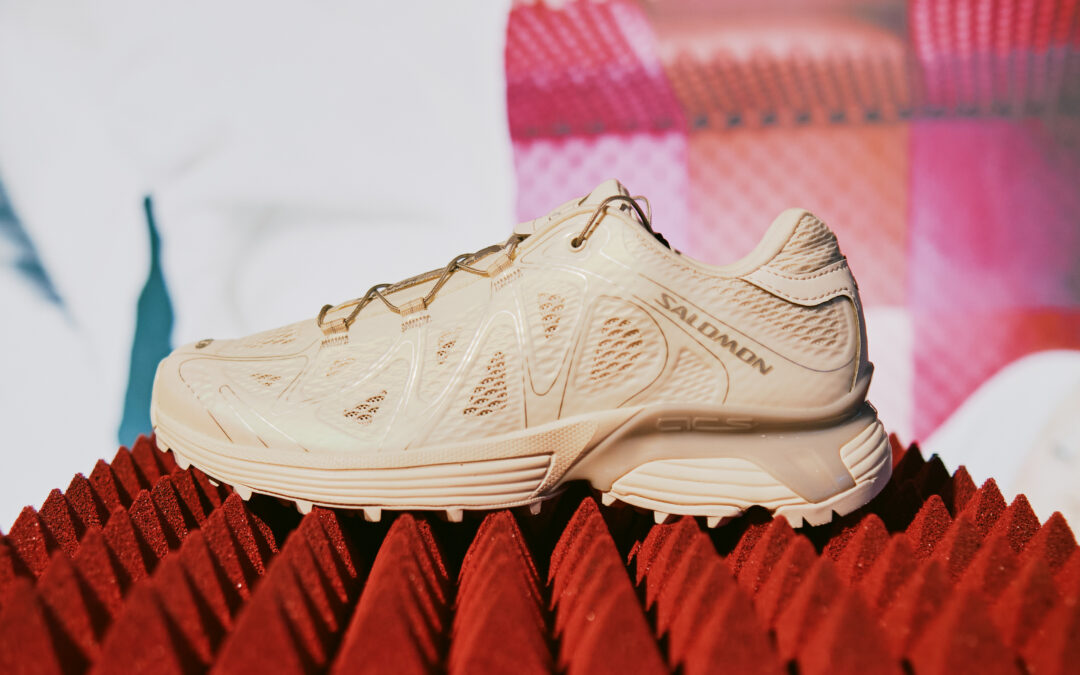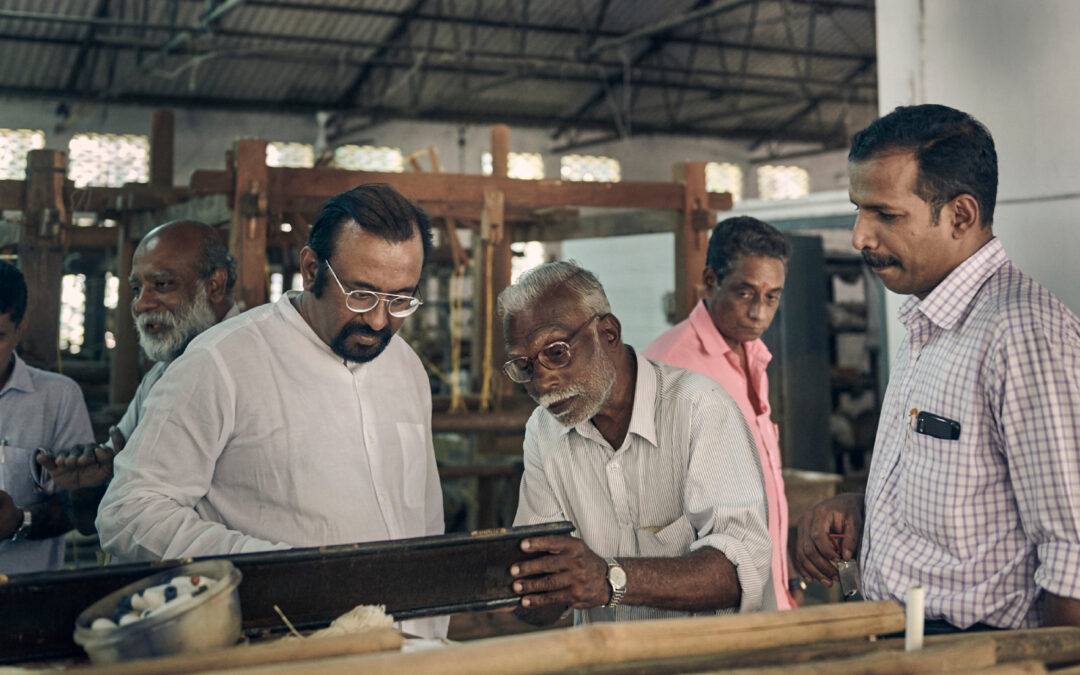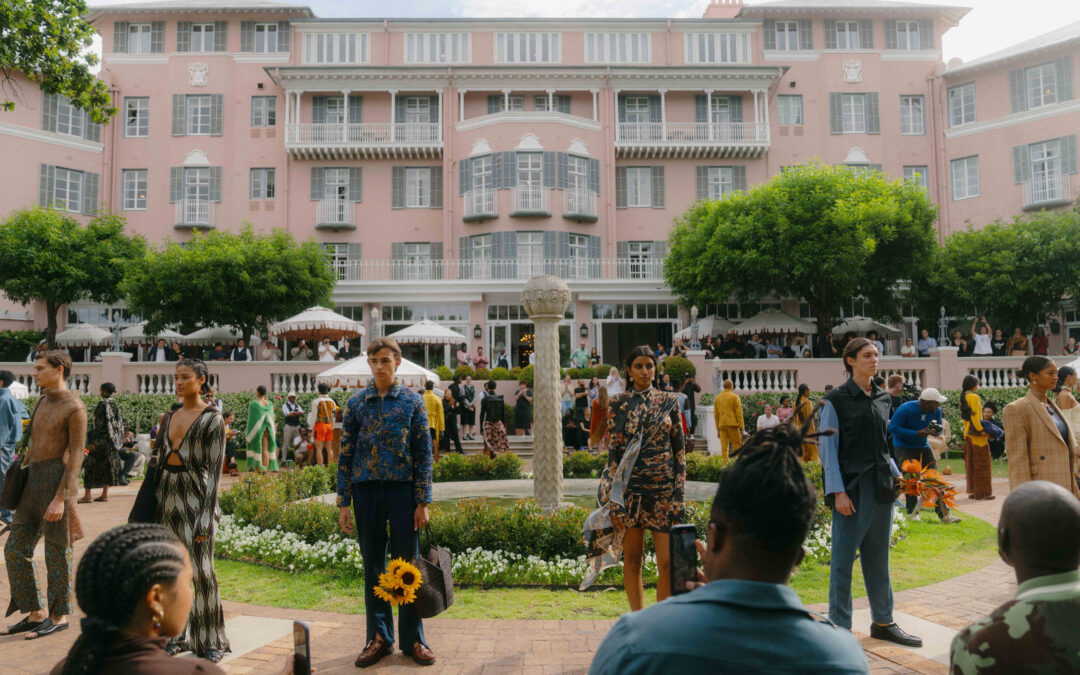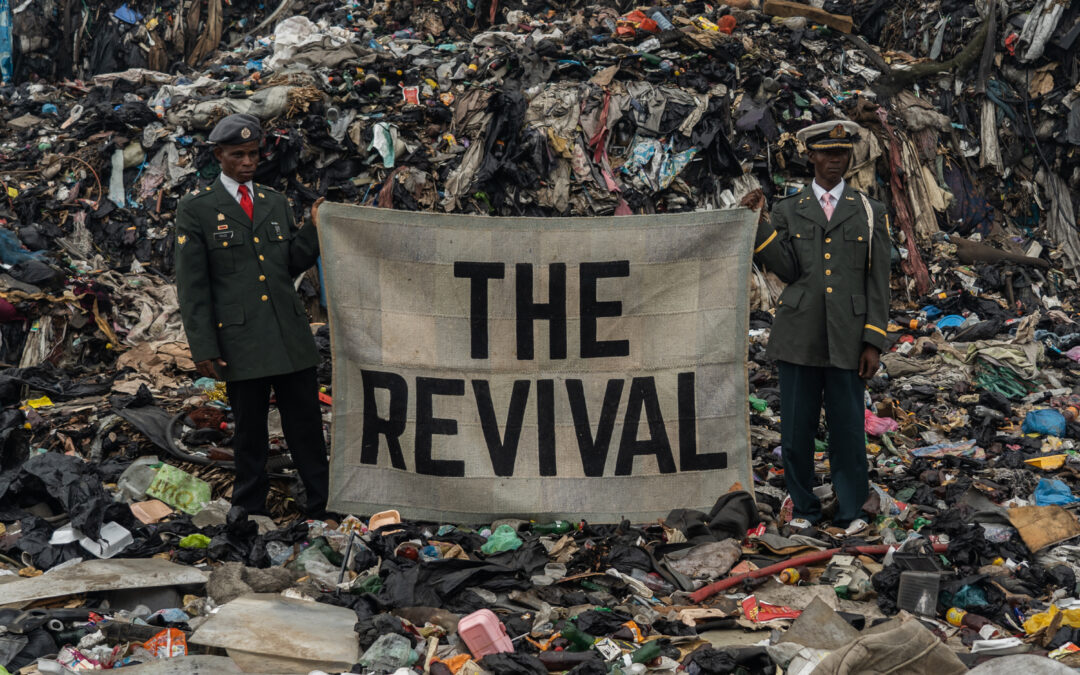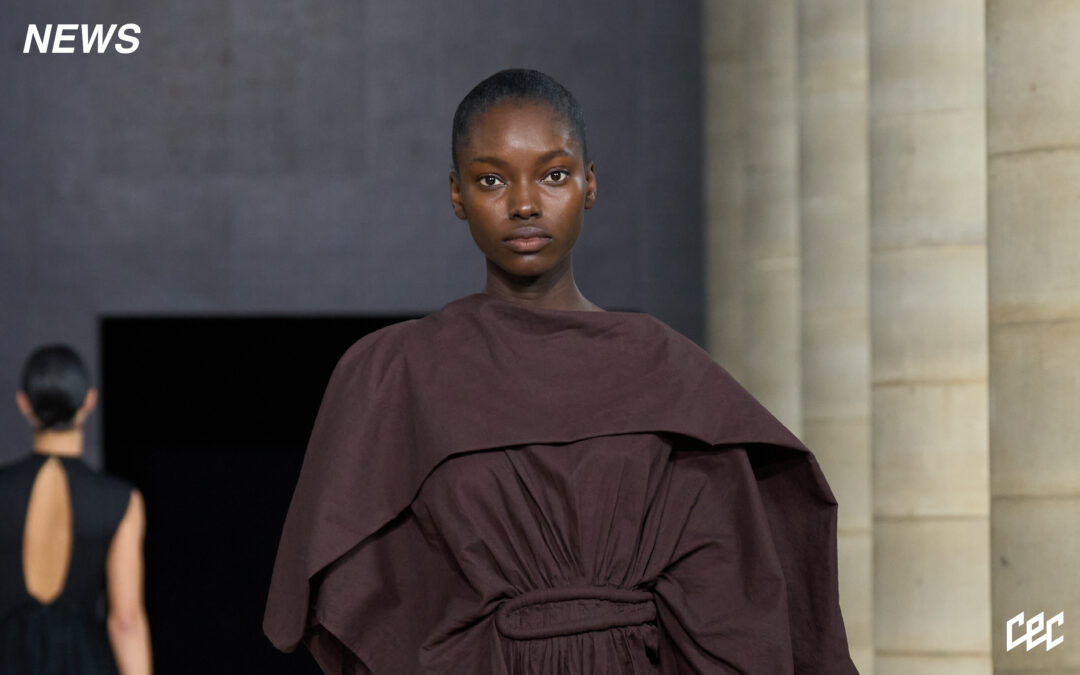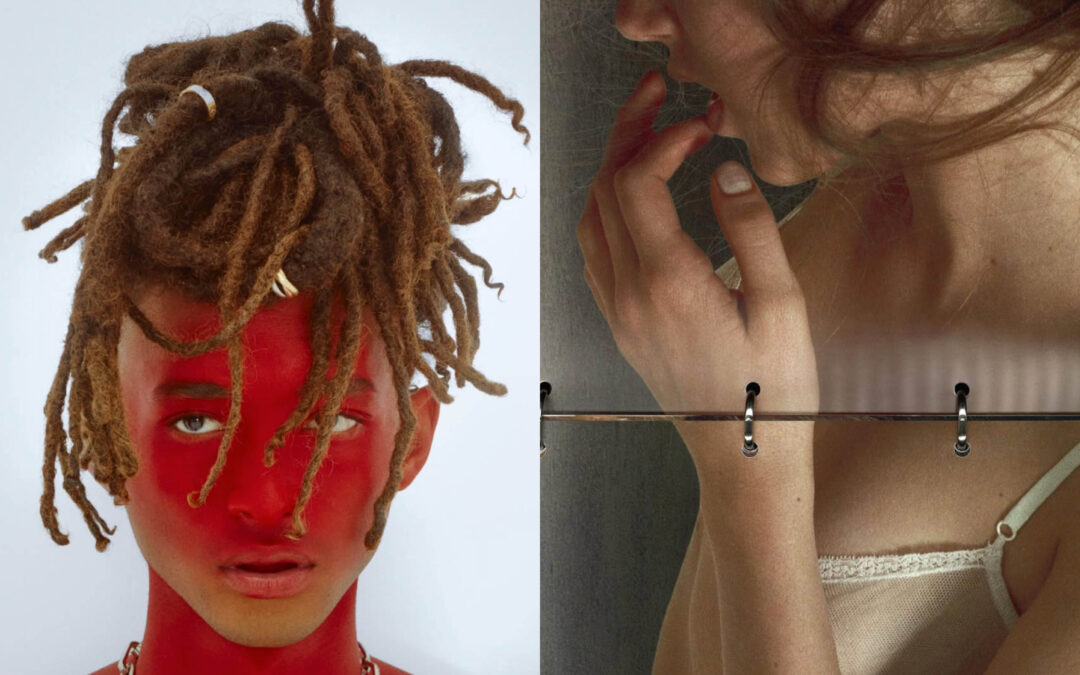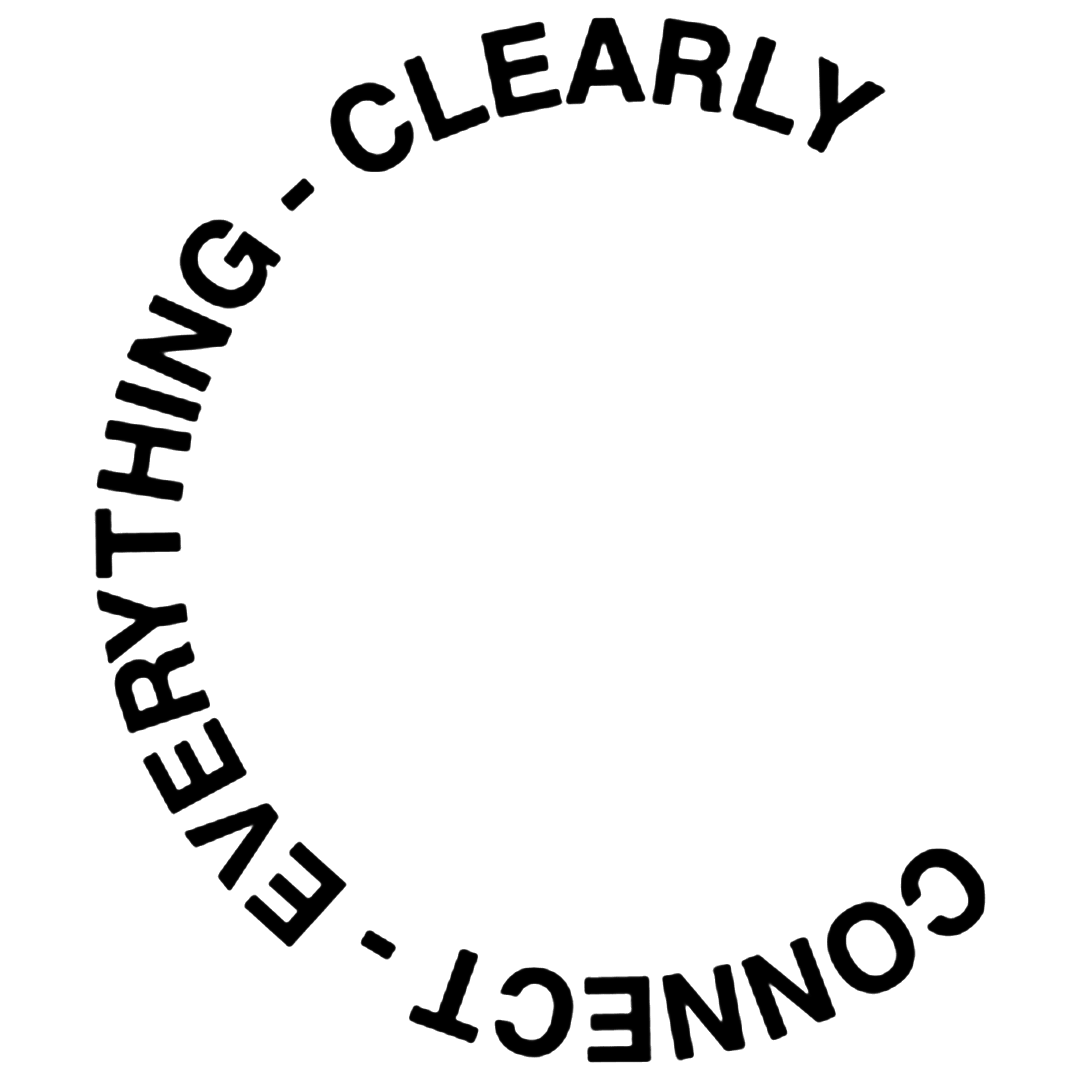Class is in session! This conversation has been a long time coming — and I am thrilled it’s finally here, as Khensani Mothlatlole is, in my view, one of the most important thinkers in South African fashion and design today. Possessing the kind of irreverent, slightly cynical charm that only someone who calls herself an “aspiring eco-terrorist” could, Khensani has made fashion history cool in a way few others have managed.
When it comes to her vastly sweeping interests, and with a resistance to moral posturing, Khensani’s anthropological interest in dress and her bone-dry conviction that sustainability is simply the only intelligent path forward have produced an archive of notable essentiality; her YouTube channel, in particular, has become a living repository of South African and pan-African cultural history — rigorous, witty, and incredible. Whether it’s video essays like South Africa’s First It Girls: Dolly Rathebe, Miriam Makeba and Dorothy Masuka or The Dull Tragedy of Apartheid’s Trad Wives, suffice to say, I’m perpetually obsessed and impressed.
So, this chapter is a feature with Khensani through the lens of South African fashion history — or more precisely, her insistence that historical research in South Africa deserves a fashion section. For all our scholarships on art, politics, and anthropology, fashion remains curiously under-researched — scattered across archives, footnotes, and museum collections without ever being given the rigour or respect it warrants. Documentation before the 20th century is sparse, often filtered through colonial eyes, and rarely examined for its design intelligence. Khensani’s work challenges that gap, treating dress as a vital form of historical record; a mirror of how people lived, moved, and made meaning.
On her foray into fashion history, Khensani Mothlatlole describes a journey that began in isolation. “During the pandemic, I had a lot of time and a lot of questions. The biggest one was that I felt disconnected from my own culture — partly because of being urbanised and away from certain traditions, but also because my family has been quite anglicised and Christianised for generations. So they weren’t the best resource for some of the things I wanted to understand. Eventually, I realised that clothing and fashion could be a way to reconnect, and it felt like something I could approach from where I am, without needing to become an academic or anthropologist first.”
This auto-didactic drive captures the intellectual and emotional engine behind Khensani’s work; a desire to bridge personal dislocation through material culture, personally, as well as spanning South Africa more broadly. “I love the big skirt, tiny top look, you know? I was trying to research all this stuff — like, what were Northern Sotho people wearing 150 years ago? Or what were Tonga people wearing? There isn’t much information that exists from before the 1920s or 1930s. So I started thinking, maybe since there were all these visitors coming through at the time, if I studied what they were doing, I might get a glimpse of what they were witnessing or documenting while they were here.”
“What I’ve noticed is that when photography started becoming more common and accessible, there’s this fascinating archive of Black and African people — both on the continent and in the diaspora — especially from around the 1880s to the early 1900s,” Khensani explains, “that’s where most of the wealth of information lies. It’s dark in some ways, because even trying to find documentation on white Afrikaans women before 1850 is difficult. But during that late 1800s period, there’s a lot more documentation on what everyone was doing — not just white people, but Black people too. Some of it’s recorded through a very particular lens, obviously, but it’s information nonetheless. Even now, I still haven’t found much — even ethnographic drawings or paintings are rare — especially anything from before the 1800s.”
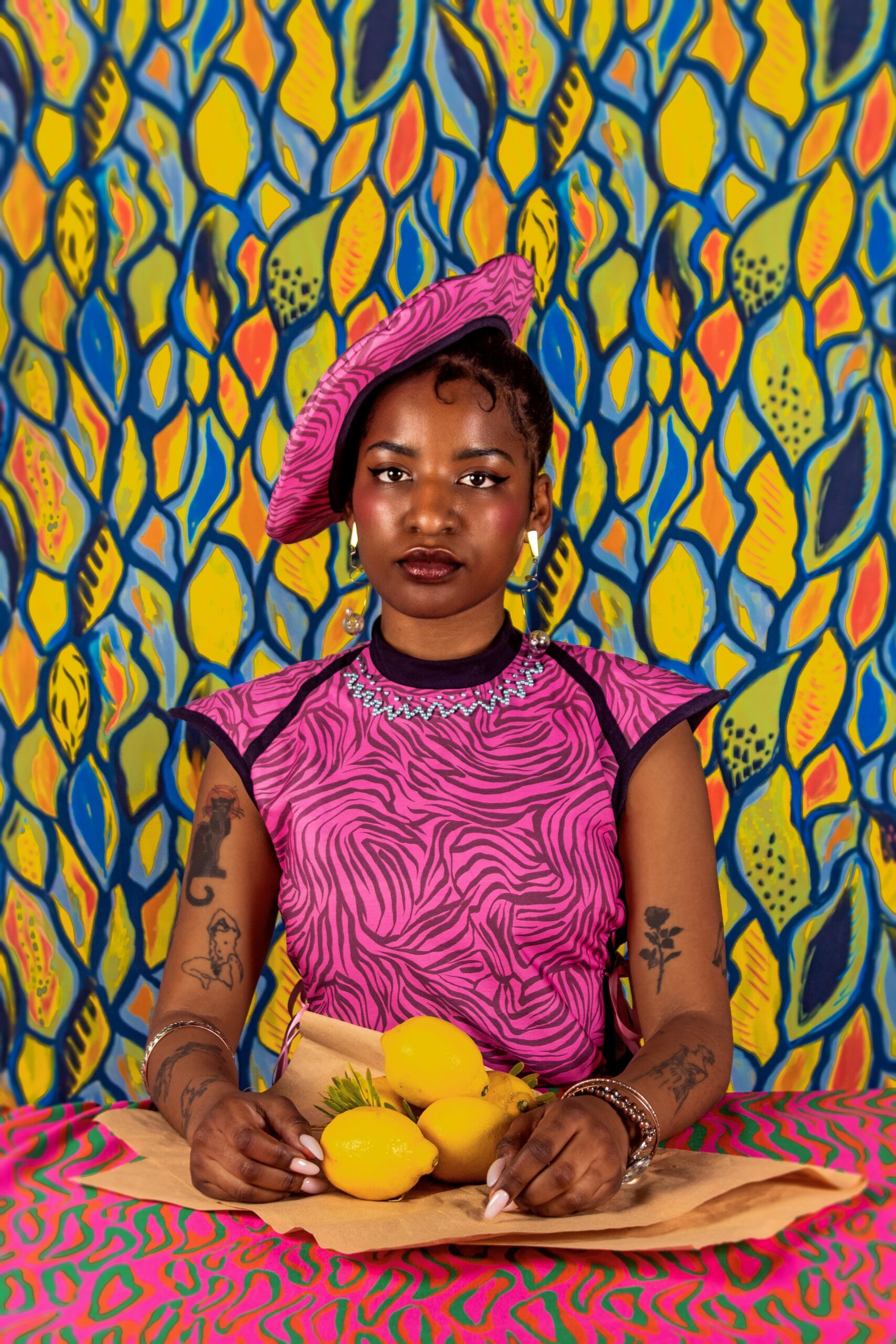
All imagery courtesy of Khensani Mohlatlole
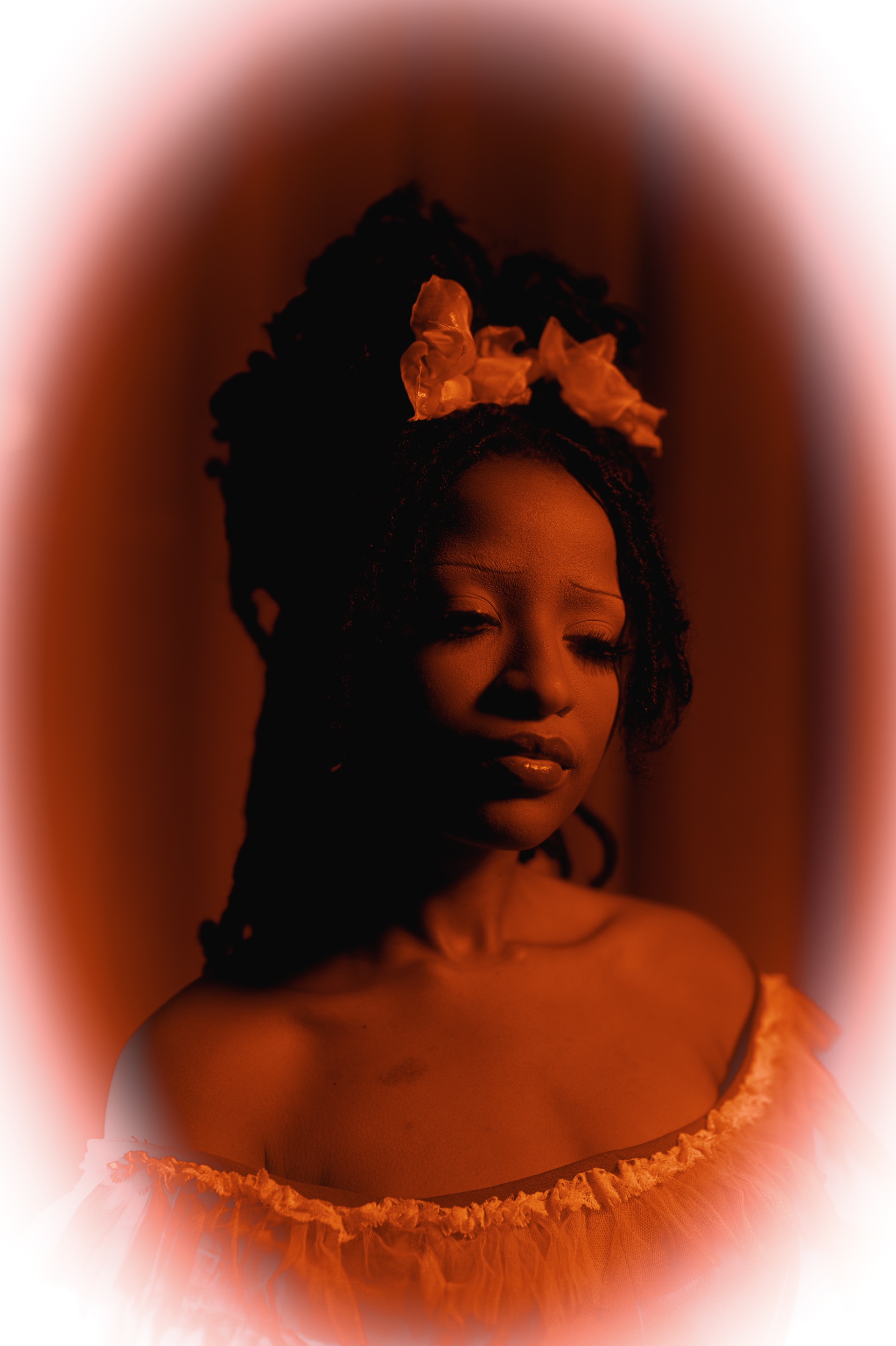
Khensani’s practice sits at the intersection of fashion, historiography, and epistemology, and she has a reluctance to commit African dress as belonging only to the realm of craft or ornamentation; “the deeper I went, the more I realised that fashion and textiles in Africa are often treated as secondary — like decorative art or material culture — instead of being seen as archives in their own right. A lot of information sits hidden under headings like ‘ecology’ or ‘archaeology’, which makes it hard for people coming from a design or fashion lens to find it. There’s a real gap in how we study dress, and that’s part of why I started making my own pieces, it became my way of doing research.” Khensani’s channels are replete with her commitment to generating the very knowledge she seeks — from sewing and reconstructing historical silhouettes to experimenting with period dressmaking. This process has established her as one of the most distinctive stylistic voices in contemporary South African fashion; the coolest, anti-institutional lecturer that you need on your journey to fashion literacy.
Khensani’s shift from aesthetics to epistemology is part of her broader intellectual evolution, as she muses to me that “I think I’ve moved from caring about the product to caring about the information. The aesthetics were my entry point, but now I’m more interested in context — what garments meant to the people wearing them, how they move through time. It’s become more anthropological for me. I still love getting dressed and making things, but I combine the research with the craft, to understand how knowledge is held in the act of making.”
If you know Khensani’s creative projects, you’ll know this is a woman who can bone a corset in the time it takes most people to send an email (well, almost), though these days, her focus has turned from wearing the past to working with it. After several years spent dressing almost exclusively in period clothing, Khensani began to shift her attention from fashion to fibre; a granular refocus, as it were; “fibre work is so slow — it’s inherently resistant to acceleration. You can’t rush embroidery or weaving. Nothing about the technique has really changed for hundreds of years. The tools might vary, the materials too, but the gestures are the same. There’s something metaphysical about that continuity. When you sit for hours, repeating a motion, you start to feel connected to everyone who’s ever done it. It’s meditative, I don’t know, I think it’s what people must experience when they pray.”
This turn towards fibre art connected Khensani with a community of people, and keepers of embodied knowledge. As it were, Khensani is now out in the world doing fieldwork; “It’s also deeply communal. I’ve had the most beautiful conversations with older women while beading or sewing — comparing thimbles, talking about why we do things the way we do. That’s when I realised that preservation happens in the hands of people still doing the work, and that I needed to go back out into the world and focus on practical research.”
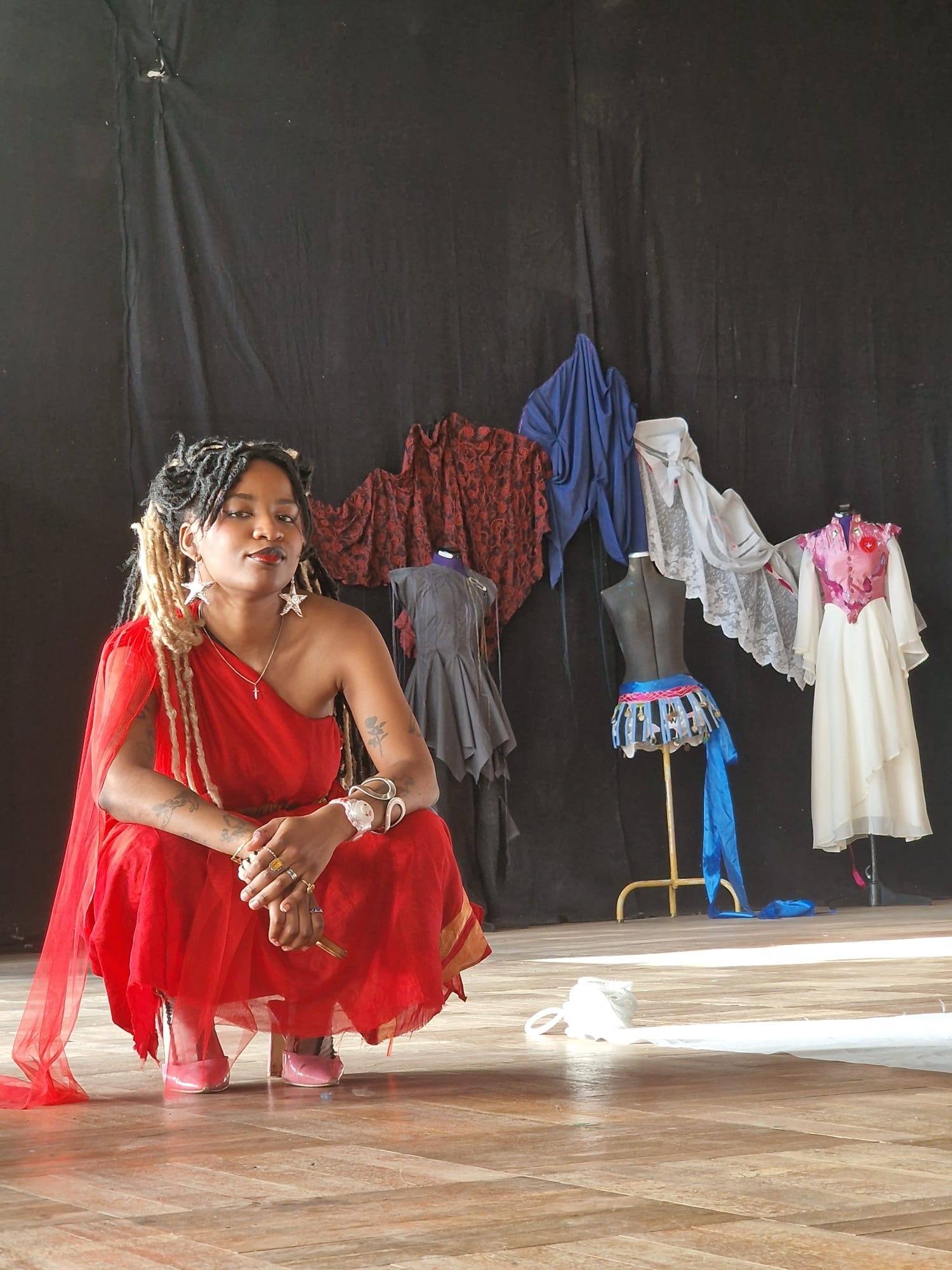
All imagery courtesy of Khensani Mohlatlole
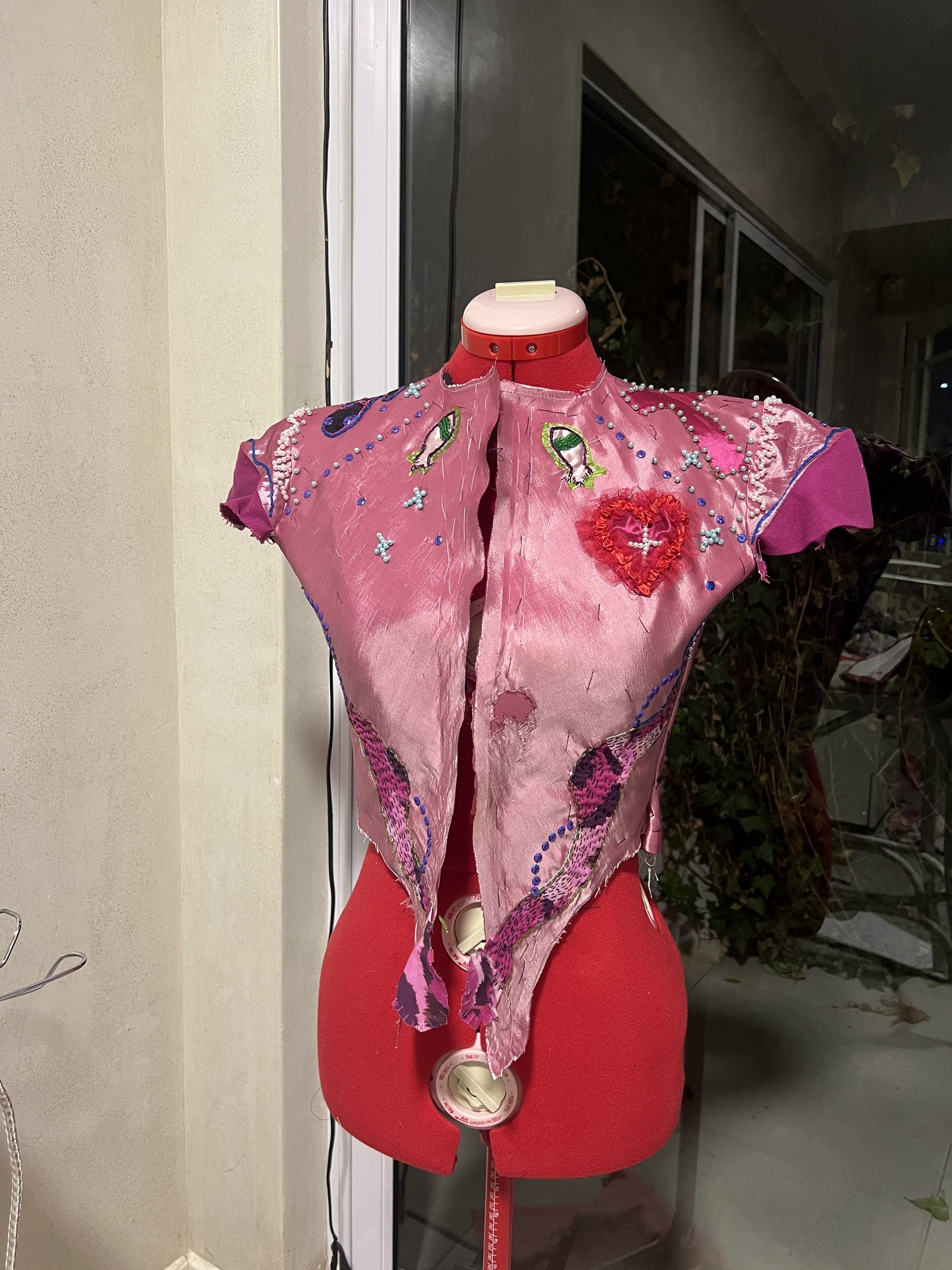
Having grown up online, Khensani recognises the paradox of a generation raised by the internet (and her visibility as a content creator) that at some point, it almost always inspires a turn away from it, back toward the tangible world. For her, the hand is as vital a site of learning as the archive or the algorithm. “As much as I love the internet and how connected it’s made us, a lot of this work needs to happen offline,” she says. “This is a tactile practice. Being in the same physical space with someone who’s making changes everything. Even in my workshops, I’ve noticed how people have almost no idea how textiles come together until they try it. The moment they do, something shifts — they see differently. That, to me, is education.”
Khensani approaches South Africa’s textile legacy with the eye of a historian and the sensitivity of a maker, and in tracing how the nation’s fabric industries mirror its social and political transformations. One of her observations keenly acknowledges and situates South Africa as a vital node within global textile history; “South Africa actually has a fascinating textile history that’s been overlooked. Pre-Cape Colony, we were in a unique position — textiles came here through trade from India and Indonesia, which were already global leaders. Later, under apartheid’s isolation, local industries had to become self-sufficient, and that created a kind of forced excellence in certain sectors. Some older people say brands like Hugo Boss and Ralph Lauren used to produce here. I haven’t found the evidence, but it tells you something about the level of skill that existed. The textile unions were also some of the first integrated spaces in the country, which is incredible when you think about it. A lot of the organising women of the 1956 Women’s March were from the same textile unions.”
The decline of the local textile sector after democracy marks, as Khensani notes, equally an economic loss and an epistemic one — a rupture in intergenerational knowledge. “After 1994, a lot of that collapsed. Factories closed, machinery wasn’t updated, and with China’s rise, we just couldn’t compete. You still find women who were seamstresses sitting at home now with nothing to do — women who can pattern-cut, stitch, embroider — all of it. It’s tragic, because that’s living knowledge. Still, I think there’s a slow reawakening — partly out of necessity. Retailers want faster turnaround times, so local production makes sense again. But I hope it’s more than just economic — that it’s also cultural, that we start valuing our own systems of making.” The future of South African fashion, she suggests, is in reactivating the dormant intelligence of the hands that once made the country’s cloth.
Khensani describes herself as “disgustingly optimistic,” to which I gleefully agree. Despite the noise and nihilism of the world, her hope feels like the correct course of action. We have so, so much potential and promise, as Khensani reminds me. “What makes me hopeful is that the designers who are thriving now are the ones looking inward, who are working from their own archives. There’s a shift towards self-sufficiency and not in some weird nationalist way, but as a kind creative sovereignty. There are people who are making isidwaba the same way they were hundreds and hundreds of years ago. There are still people who do beading the same way, who have different solutions for the types of materials we could be making from — combinations of things that have been happening here for generations. What I would hope for is greater platforming and centring of that kind of knowledge. And also, solutions that make sense here. We don’t necessarily need the right conditions for growing cotton or flax — but maybe hemp?”
“Hemp’s something that’s been around for quite a while,” Khensani reflects. “I’m hoping more people start to feel that it’s important to invest in their own cultures, and that there’s a stronger drive to put resources into that. We don’t have to operate within the traditional fashion system of constant, unending newness. There’s value in being more connected to your local tailor, your local maker — or even becoming that person yourself. Everyone could benefit from a deeper understanding of how these things come together.”
Khensani’s vision is one of continuity; grounded and restorative. It cannot be overstated why knowing fashion history, or understanding the systems and stories that shape it, matters. The premise of any real fashion literacy begins with recognising what fashion is as a sartorial medium of communication, a language through which we signal identity, belonging, and belief. In Khensani’s hands, dress is a record of how people have always been – on some level – committed to cloth as one of our most important material experiments.
Written by Holly Beaton
For more news, visit the Connect Everything Collective homepage www.ceconline.co.za

